Why We Desperately Need To Bring Back Vocational Training In Schools
Throughout most of U.S. history, American high school students were routinely taught vocational and job-ready skills along with the three Rs: reading, writing, and arithmetic. Indeed readers of a certain age are likely to have fond memories of huddling over wooden workbenches learning a craft such as woodwork or maybe metal work, or any one of the hands-on projects that characterized the once-ubiquitous shop class.
But in the 1950s, a different philosophy emerged: the theory that students should follow separate educational tracks according to ability. The idea was that the college-bound would take traditional academic courses (Latin, creative writing, science, math) and received no vocational training. Those students not headed for college would take basic academic courses, along with vocational training, or “shop.”
Ability tracking did not sit well with educators or parents, who believed students were assigned to tracks not by aptitude, but by socio-economic status and race. The result being that by the end of the 1950s, what was once a perfectly respectable, even mainstream educational path came to be viewed as a remedial track that restricted minority and working-class students.
The backlash against tracking, however, did not bring vocational education back to the academic core. Instead, the focus shifted to preparing all students for college, and college prep is still the center of the U.S. high school curriculum.
So what’s the harm in prepping kids for college? Won’t all students benefit from a high-level, four-year academic degree program? As it turns out, not really. For one thing, people have a huge and diverse range of different skills and learning styles. Not everyone is good at math, biology, history and other traditional subjects that characterize college-level work. Not everyone is fascinated by Greek mythology, or enamored with Victorian literature, or enraptured by classical music. Some students are mechanical; others are artistic. Some focus best in a lecture hall or classroom; still, others learn best by doing and would thrive in the studio, workshop or shop floor.
And not everyone goes to college. The latest figures from the U.S. Bureau of Labor Statistics (BLS) show that about 68% of high school students attend college. That means over 30% graduate with neither academic nor job skills.
[clickToTweet tweet=”Why We Desperately Need To Bring Back #Vocational #Training In #Schools.” quote=”The “college-for-everyone” mentality has pushed awareness of other possible career paths to the margins.”]
But even the 68% aren’t doing so well. Almost 40% of students who begin four-year college programs don’t complete them, which translates into a whole lot of wasted time, wasted money, and burdensome student loan debt. Of those who do finish college, one-third or more will end up in jobs they could have had without a four-year degree. The BLS found that 37% of currently employed college grads are doing work for which only a high school degree is required.
It is true that earnings studies show college graduates earn more over a lifetime than high school graduates. However, these studies have some weaknesses. For example, over 53% of recent college graduates are unemployed or under-employed. And income for college graduates varies widely by major – philosophy graduates don’t nearly earn what business studies graduates do. Finally, earnings studies compare college graduates to all high school graduates. But the subset of high school students who graduate with vocational training – those who go into well-paying, skilled jobs – the picture for non-college graduates looks much rosier.
Yet despite the growing evidence that four-year college programs serve fewer and fewer of our students, states continue to cut vocational programs. In 2013, for example, the Los Angeles Unified School District, with more than 600,000 students, made plans to cut almost all of its CTE programs by the end of the year. The justification, of course, is budgetary; these programs (which include auto body technology, aviation maintenance, audio production, real estate and photography) are expensive to operate. But in a situation where 70% of high school students do not go to college, nearly half of those who do go fail to graduate, and over half of the graduates are unemployed or underemployed, is vocational education really expendable? Or is it the smartest investment we could make in our children, our businesses, and our country’s economic future?
The U.S. economy has changed. The manufacturing sector is growing and modernizing, creating a wealth of challenging, well-paying, highly skilled jobs for those with the skills to do them. The demise of vocational education at the high school level has bred a skills shortage in manufacturing today and with it a wealth of career opportunities for both under-employed college grads and high school students looking for direct pathways to interesting, lucrative careers. Many of the jobs in manufacturing are attainable through apprenticeships, on-the-job training, and vocational programs offered at community colleges. They don’t require expensive, four-year degrees for which many students are not suited.
And contrary to what many parents believe, students who get job specific skills in high school and choose vocational careers often go on to get additional education. The modern workplace favors those with solid, transferable skills who are open to continued learning. Most young people today will have many jobs over the course of their lifetime, and a good number will have multiple careers that require new and more sophisticated skills.
Just a few decades ago, our public education system provided ample opportunities for young people to learn about careers in manufacturing and other vocational trades. Yet, today, high-schoolers hear barely a whisper about the many doors that the vocational education path can open. The “college-for-everyone” mentality has pushed awareness of other possible career paths to the margins. The cost to the individuals and the economy as a whole is high. If we want everyone’s kid to succeed, we need to bring vocational education back to the core of high school learning.


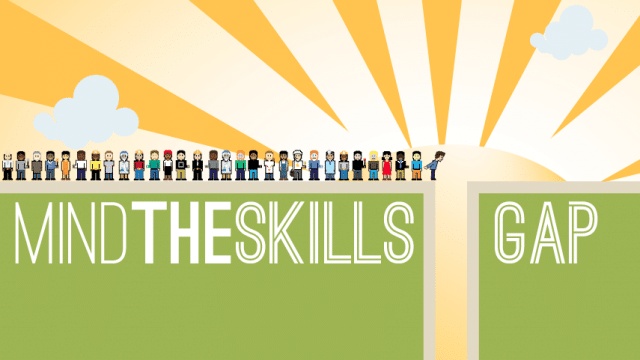
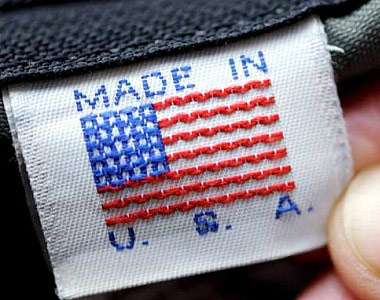
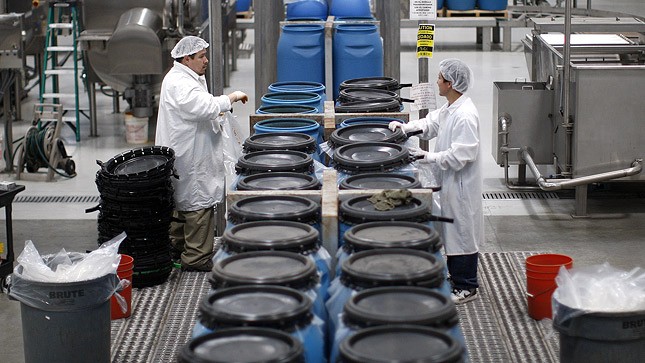
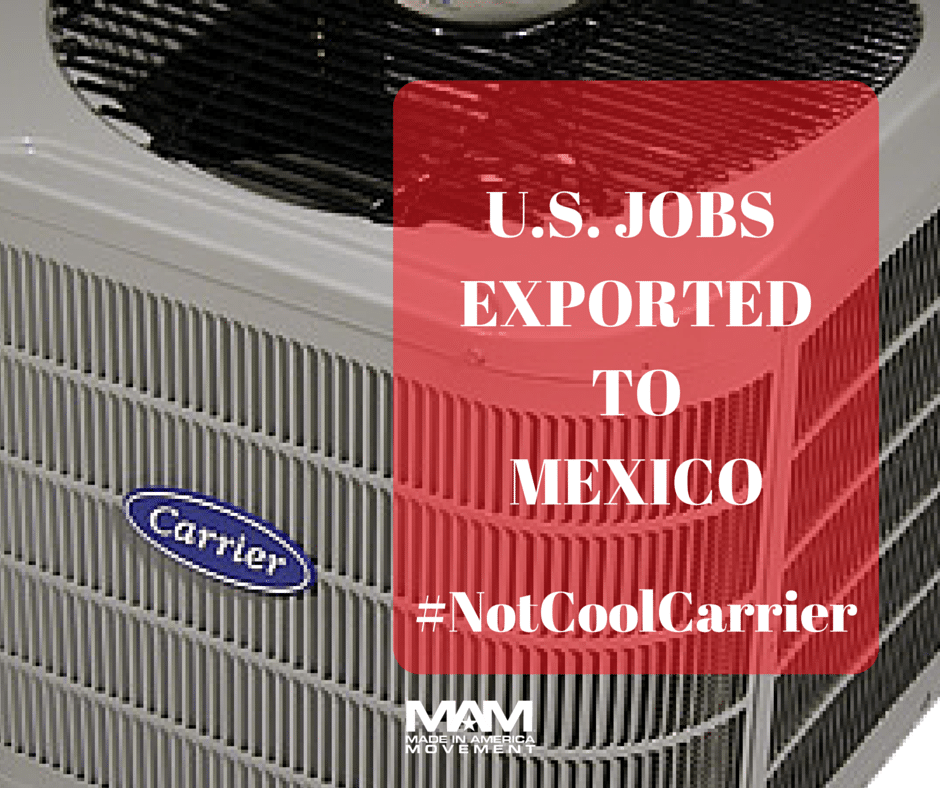
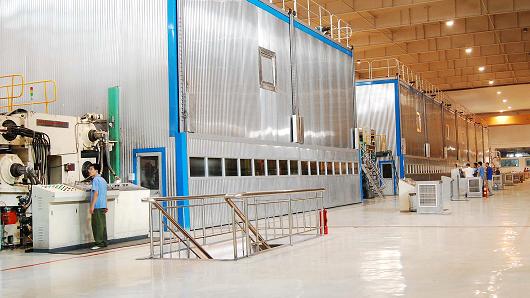



I agree with you, but the problem is even greater than you say. The culture is against you when we see articles articles about “low level” jobs like auto mechanic or welder, and when we live in a society where the maker is considered in most ways to be at the bottom whereas the business school graduate who can get to Wall Street to make his or her fortune by savaging what’s left of American industry for the benefit of its so-called “executives” who often conspire in the sale of their own companies to Wall Street vampres who will often destroy them.
Where would be the respect today for people like the Wright Brothers or the geniuses of the Skunk Works who made great airplanes in a short time. In addition to a financial “industry” which more often works against the country than not here’s a whole cadre of college graduates, often in government, with unlimited ime tyo meddle against our progess.
To change things we need more of a German approach where building things is valued, where State Banks support industry and where labor has seats on the board of directors l
Well said.
As Carter warned in the infamous Malaise speech, “Human identity is no longer defined by what one does, but by what one owns.” It’s my personal belief that we made the wrong decision as a nation back then, and that our fate was sealed in the decade which followed. There is no longer any nobility among those who actually produce – we seem to instead admire those who become successful off the work of others, while making as little personal contribution as possible.